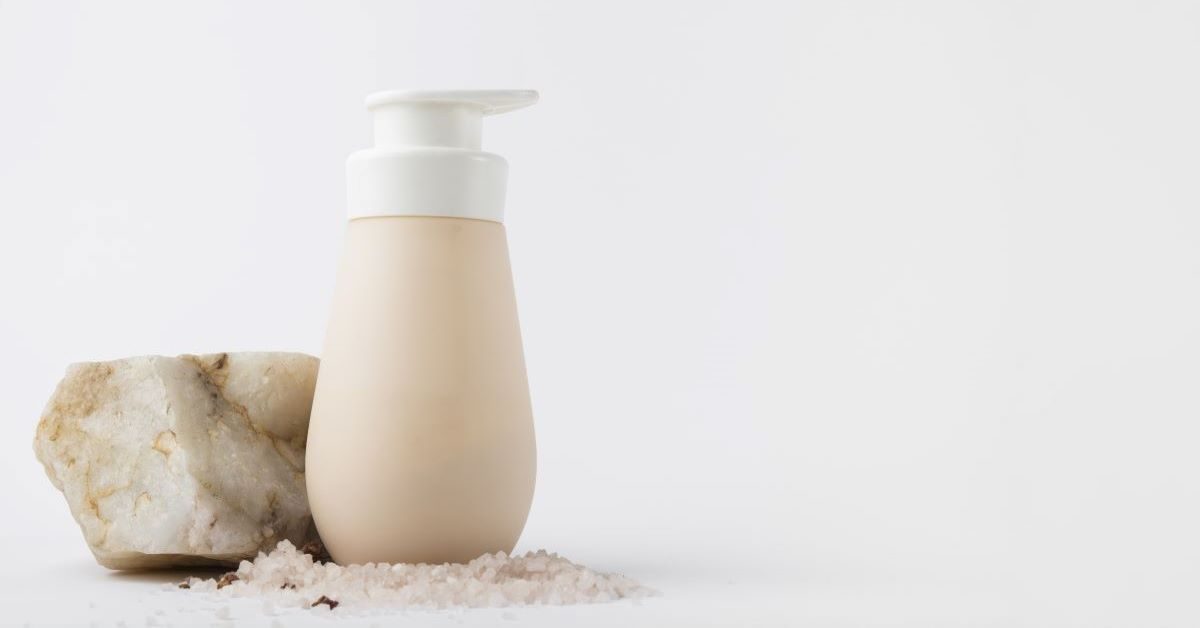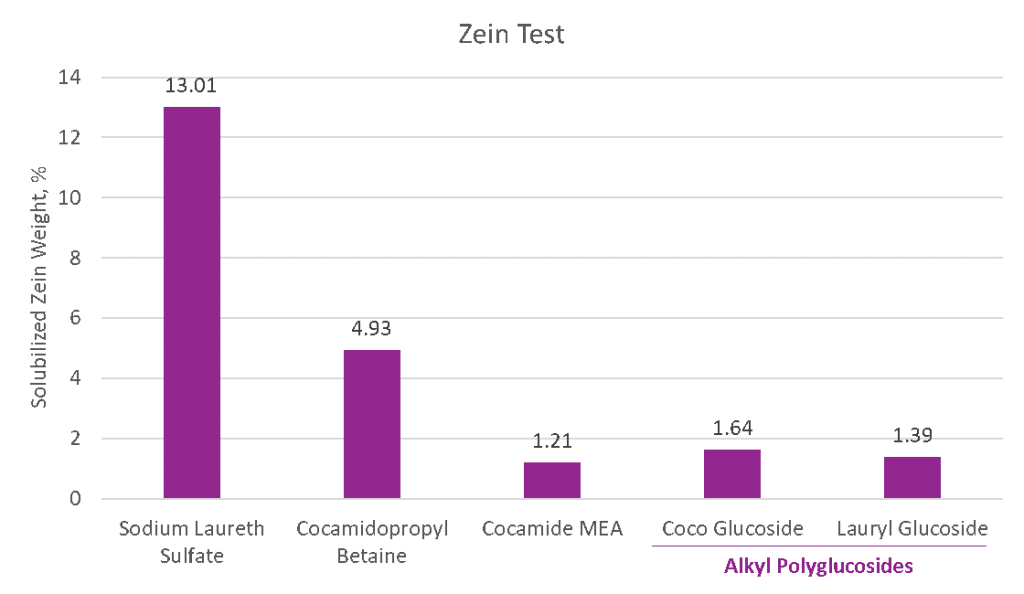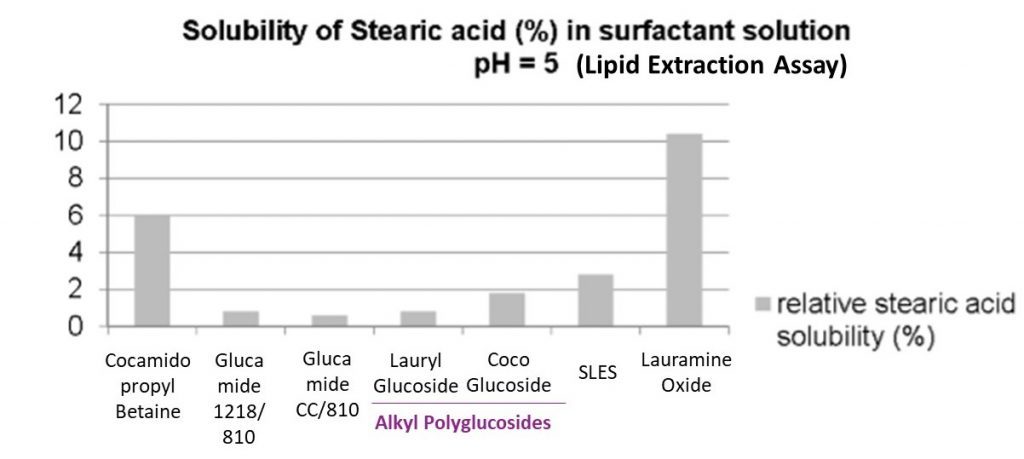What Is Mild Cleansing?
For healthy skin, you need to be able to remove, dirt, oil, sweat, oil, bacteria and pollutants without stripping the skin’s natural nutrients and oil.
It is known that harsh surfactants cause damage to skin proteins and lipids leading to after-wash tightness, dryness, barrier damage, irritation and itch. As such, there is a growing demand for mild cleansers.
Not only do consumers need their cleansers to be efficient in cleansing, they also expect them to be mild and beneficial to the skin with good foaming and sensory feel.

2 main factors that contribute to the irritancy of surfactant-based products are:
- Mildness of surfactants used in the product
- pH of the end product
Surfactant-Based Cleansers
Many cleansers in the market are surfactant-based, due to its functionality in removing unwanted debris from the skin. However, surfactants tend to interact with skin lipids which can interfere with the skin’s natural properties. The degree of interaction varies between different types of surfactants and are dependent on the nature of their functional head group.
In this article, we will be sharing about the tests that can be done to assess the mildness of surfactants and the comparison of mildness between commonly used surfactants.
In-Vitro Tests and Results That Can Be Used to Determine Mildness of Surfactants
Zein Test
This method uses Zein, a yellow corn protein that is similar to the keratin in our skin and hair, to assess the irritation potential of surfactants. It is a measure of protein solubility and consequently protein damage. The quantity of dissolved Zein will be determined and a larger amount of Zein dissolved equates to higher skin’s irritation of the surfactant solution.
HET-CAM Test
Hen’s Egg Test – ChorioAllantoic Membrane (HET-CAM) is a qualitative in-vitro test that examines eye and vaginal irritancy of chemicals. It is an alternative to animal testing (Draize test) and is a pre-screening tool for surfactants and formulations before clinical assessment involving humans. Effects are measured by the onset of (1) hemorrhage; (2) coagulation; and (3) vessel lysis. The quicker these processes occur means that the solution is more irritating.
Lipid Extraction Assay
The ability to remove fatty acid from the skin determines the solution’s potential for skin lipid barrier damage. In this assay, stearic acid is added to the surfactant solution. When more stearic acid is dissolved, it suggests that the solution will cause more damage to the skin lipid barrier.
Red Blood Cell Test
Irritating surfactants will cause haemolysis of red blood cells and the release of haemoglobin. Here, the amount of red blood cells is measured by spectrophometry. More haemoglobin reflects that the surfactant is more irritating.
Comparison of Mildness Between Commonly Used Surfactants![]()
Alkyl polyglucosides (APGs) cause significantly less protein damage compared to SLES and CAB.

The results showed that SLES and CAB are more irritating than APGs and Cocamide MEA.

It is evident that the skin is more prone to lipid barrier damage when SLES and CAB are used.

According to the red blood cell test, CAB and APGs are surfactants that did not cause haemolysis. Also, from the results of the surfactant blends it can be concluded that using a mixture can help to lower the irritancy of the formulation.
Summary
Cleansing is an important step in our skincare and milder options are favourable to prevent cleansing-induced barrier damage. Many consumers now prefer products that are mild and natural. Hence, Lauryl Glucoside and Coco Glucoside are better alternatives to SLES and CABfor producing mild cleansers since they are green surfactants with low irritancy.
Switching to Milder Surfactants?
At Maha Chemicals, we distribute a range of APGs to help you kick start on mild cleansers.
Contact us today at sales@maha.asia for free samples now!